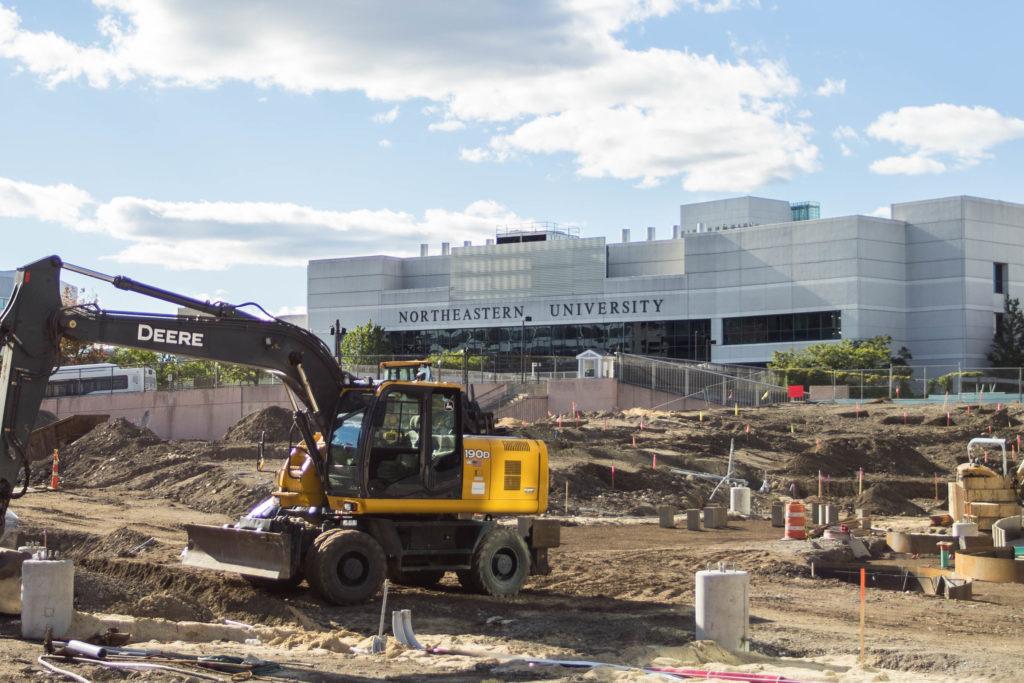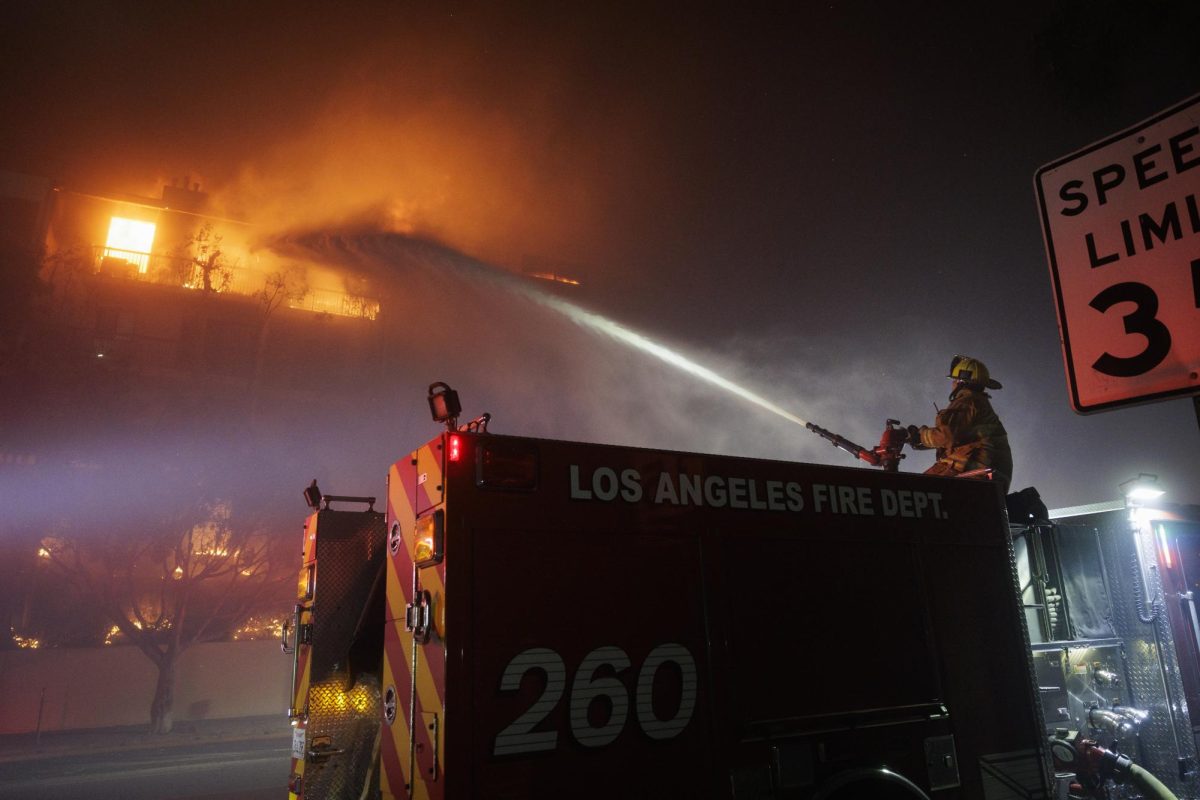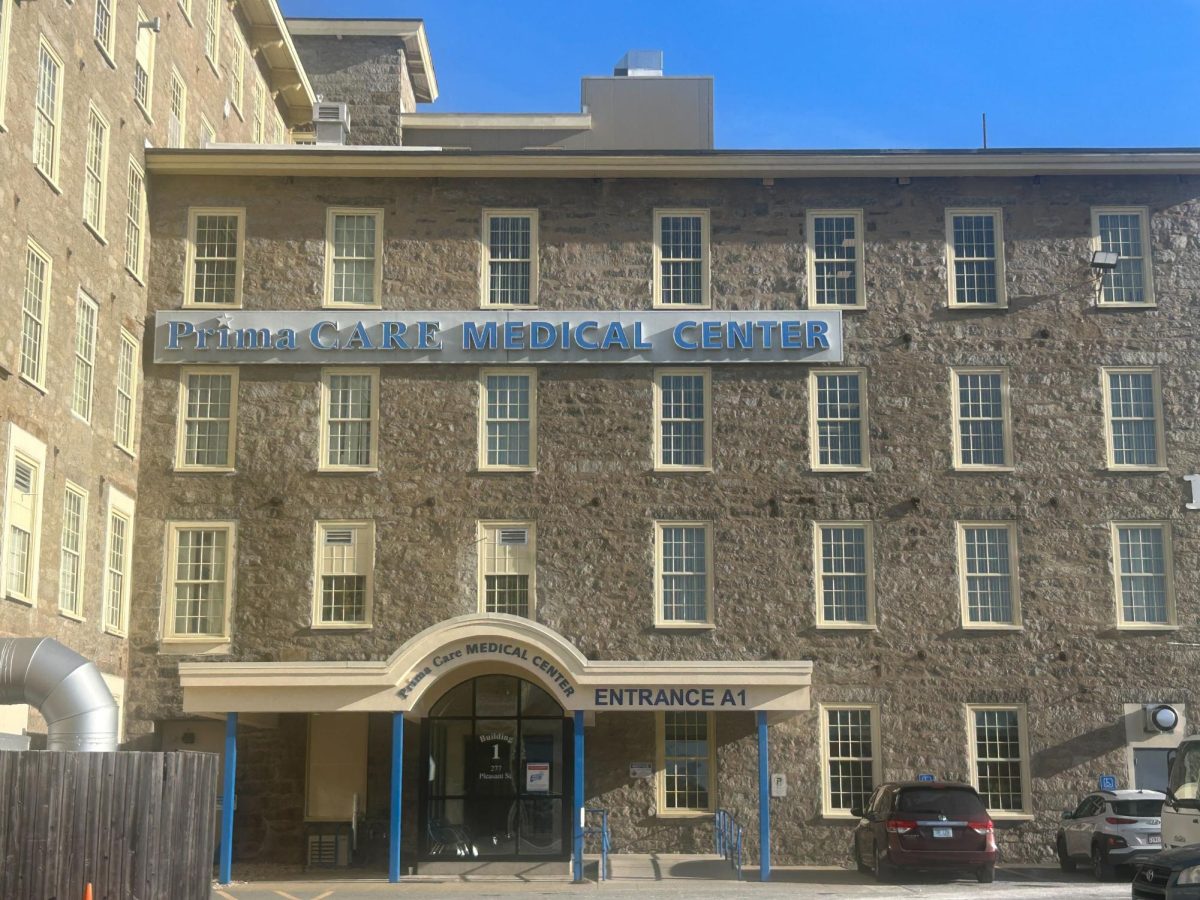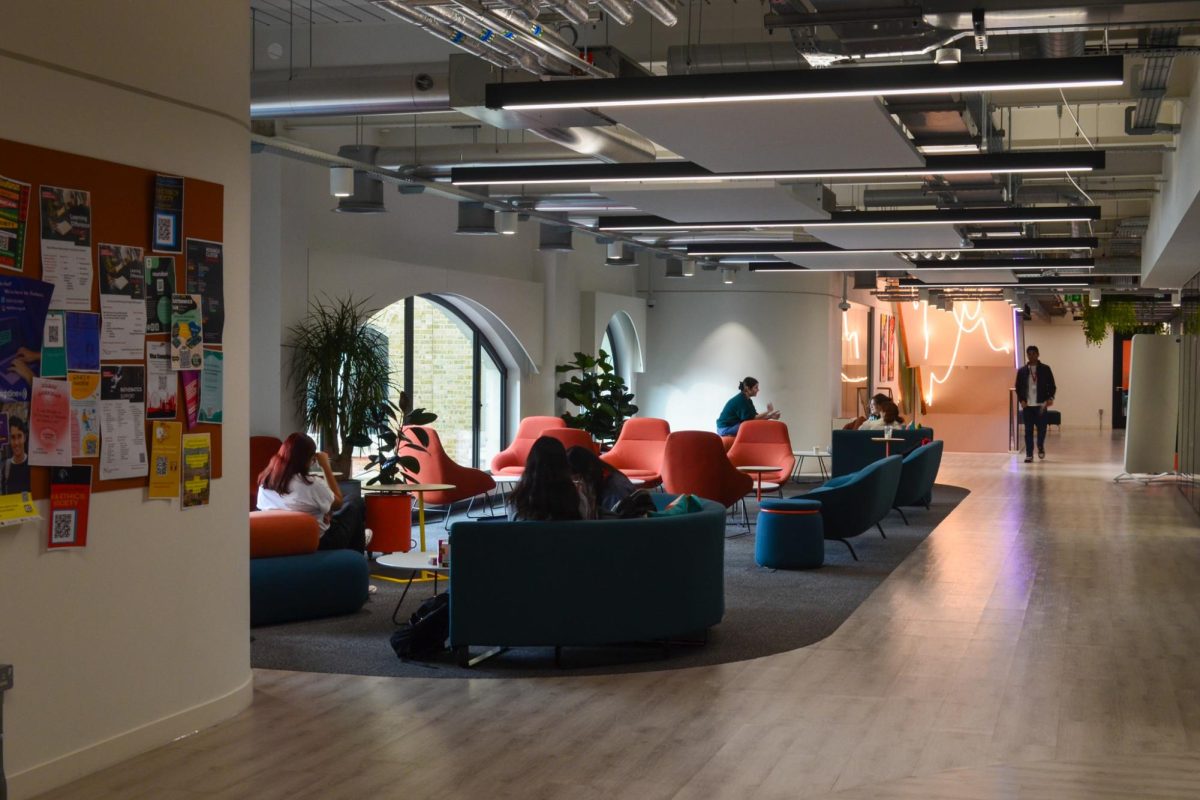By Katelyn Nardi, news correspondent
Poor communication and a large student population are two key contributors to Boston’s growing gentrification problem, according to a group of panelists at a Northeastern University (NU) discussion event held on Sept. 21.
The Northeastern Real Estate Club (NURE) held the discussion entitled Cranes and the Community in Shillman Hall last Wednesday evening to discuss urban development, student housing and Northeastern University (NU)’s gentrification of surrounding Boston neighborhoods.
In attendance were four panelists and a moderator, all of whom have a role in real estate planning and development around the city. The meeting was open to the entirety of NU community and to residents of surrounding neighborhoods. NURE encouraged the room of attendees to ask questions and engage in discussion.
“We will ask [the panelists] a series of questions that might begin to reveal some of the things that are going on outside of where you spend your time,” Kathy Spiegelman, the moderator of the evening and vice president and chief of campus planning and development at NU, said at the beginning of the meeting.
In Boston, there is a consistent demand for new buildings in a finite amount of space. Historic neighborhoods can be affected,but low income neighborhoods are especially vulnerable.
George Thrush, founding director and current professor at NU’s School of Architecture, said that poor communication is often the beginning of a strained relationship between neighborhood residents and real estate developers.
“When it comes to the community process, mixing democracy with planning turns out not to be that easy,” he said. “If you’re not good at communication, the professional planners are saying one thing while the community is saying another.”
According to Governing Data, an online database and news outlet, 21.1 percent of eligible neighborhoods in Boston have gentrified since the year 2000. To be gentrification eligible, neighborhood median household income and home values had to be within the bottom 40th percentile in relation to surrounding Boston neighborhoods prior to 2000. To be considered gentrified, the median home value and percentage of adults with bachelor’s degrees had to climb to the top third in relation to surrounding neighborhoods by 2015.
Peter Sougarides, a panelist in attendance and executive vice president of development at the real estate firm Samuels & Associates, Inc., said developers in Boston are regularly looking to invest in property within less-desirable neighborhoods to bring positive economic growth to a place which otherwise would not have an opportunity for improvement.
Construction costs in Boston rank second highest in the country, said Jonathan Greeley, director of development review at the Boston Redevelopment Authority and another panelist at the event.
Expensive projects backed by big financiers are not usually welcome into neighborhoods wary of potential gentrification.
“The challenge in inserting new development is one of balance, where you have to engage people,” said Spiegelman. “You have to try to cultivate a sense of optimism that there are things which people can gain from change; it’s not just loss.”
For Celene Chen, a third year economics major, the thought of Chinatown getting replaced by luxurious properties is unsettling. Chen says Chinatown helped her parents get on their feet when they initially immigrated into the US.
“If you’re an immigrant, you need that community feel,” she said. “If people are priced out, where do they go? If you go into an area that is more low-income where you can afford housing, then you won’t have those services or that community feel that allows you to rise up.”
In the midst of building new properties, affordable housing is getting lost in the mix. The lower and middle classes, which includes students, are watching their rents go up. In the last year, the median home value in Boston increased 8.7 percent, to $504,200, resulting in higher rent prices.
Sougarides said landlords are more apt to overcharge students since they know they want or need to live off campus and lack the resources or time to shop around for a better deal. Because of this, landlords can count on students agreeing to their vamped-up prices.
The Boston population includes approximately 80,000 students, according to Greeley. This creates a high demand for housing each fall, leading to new building projects. At NU, housing is not guaranteed after sophomore year.
“The student population in Boston is a much larger percentage of the population than in any other American city that I can think of,” Thrush said. “Demand is so high that building will inevitably happen.”
Panelists agreed that universities need to build more-accommodating living options for students in order to free-up housing within the city. While schools like NU have expanded housing options for students, there is still question of whether students will ever wish to stay put on campus.
“Universities are constantly under pressure to expand,” said Allen Meringolo, senior business major and president of NURE. “Some universities put a mandate on their students to stay on campus, but currently, I think [Northeastern’s] expectations are that students will move off campus.”
According to Spiegelman, solving this housing problem will require a community effort.
“Everyone needs to collaborate to assure that Boston does not merely become a city for the rich,” she said.
Photo by Alex Melagrano









